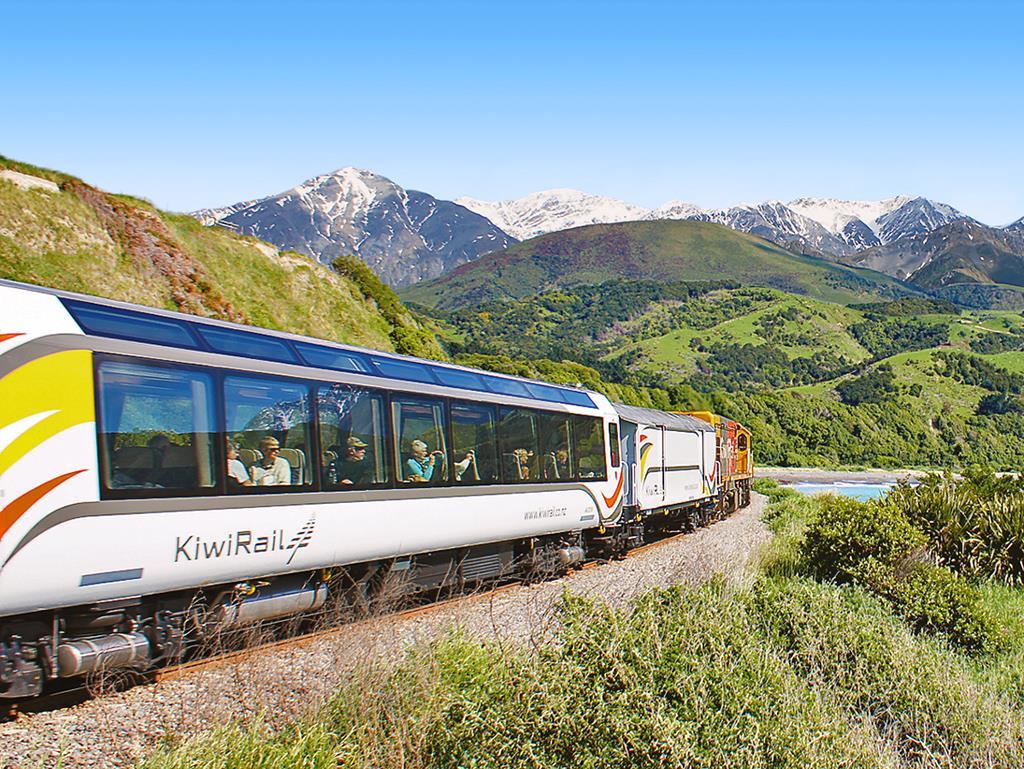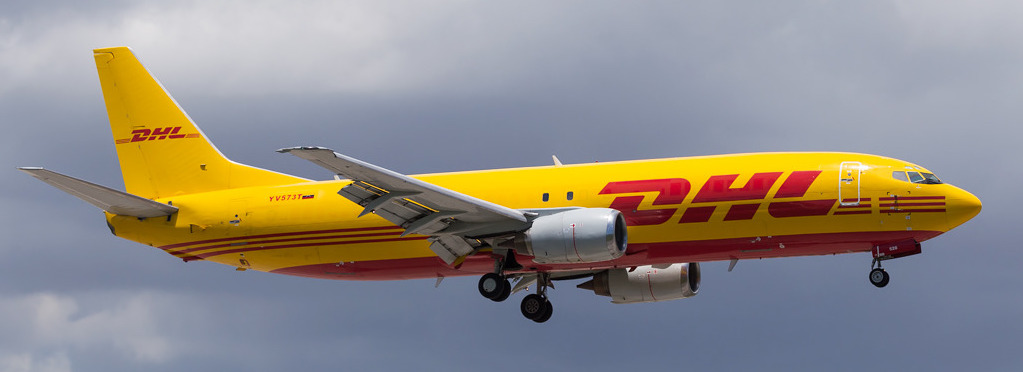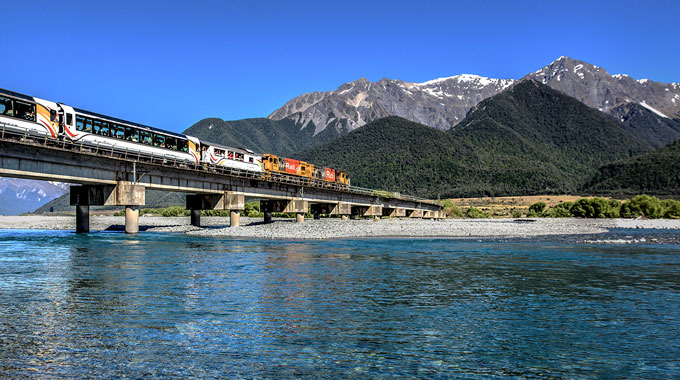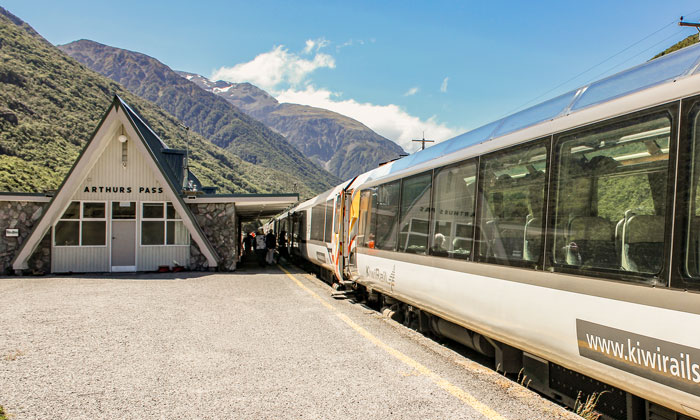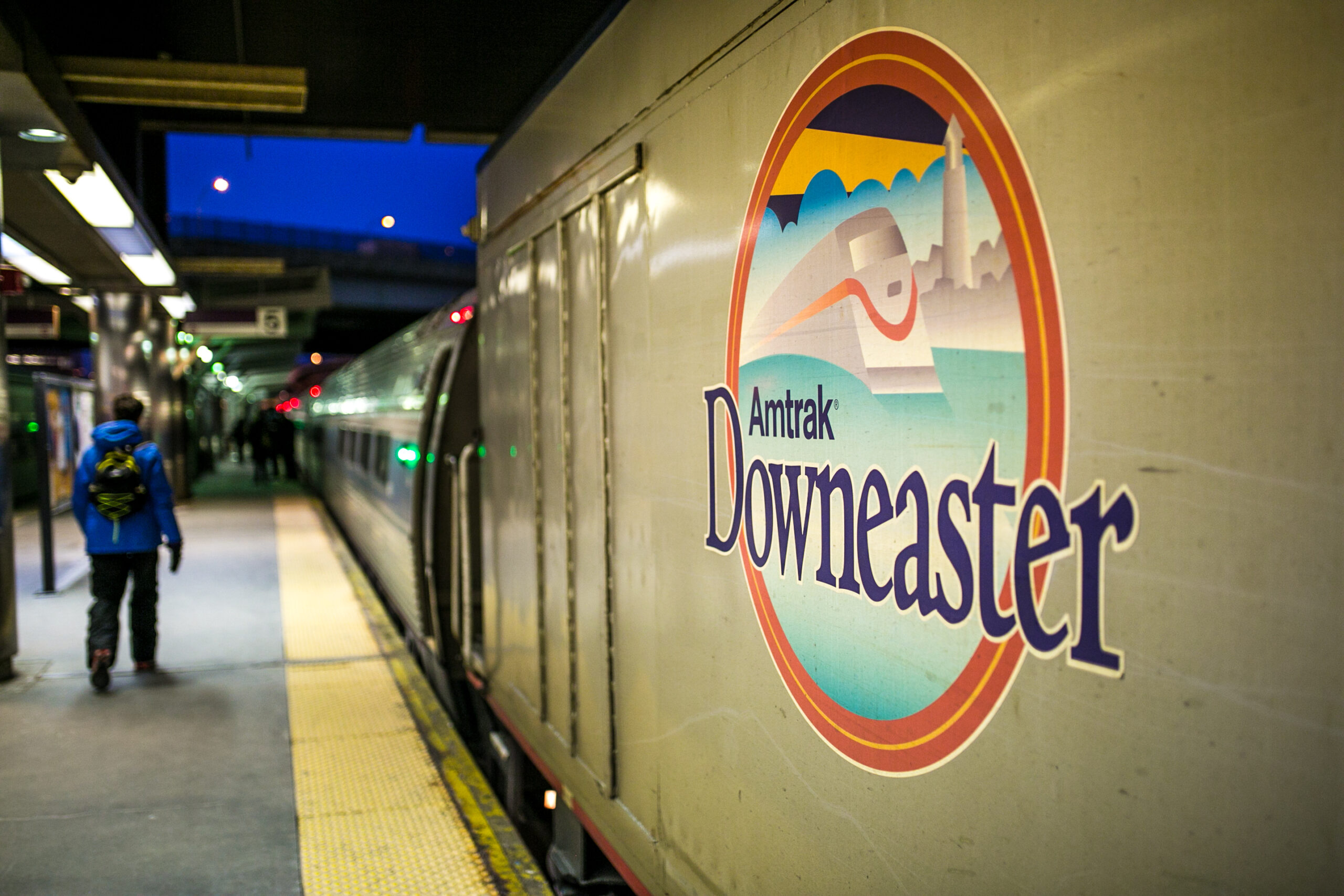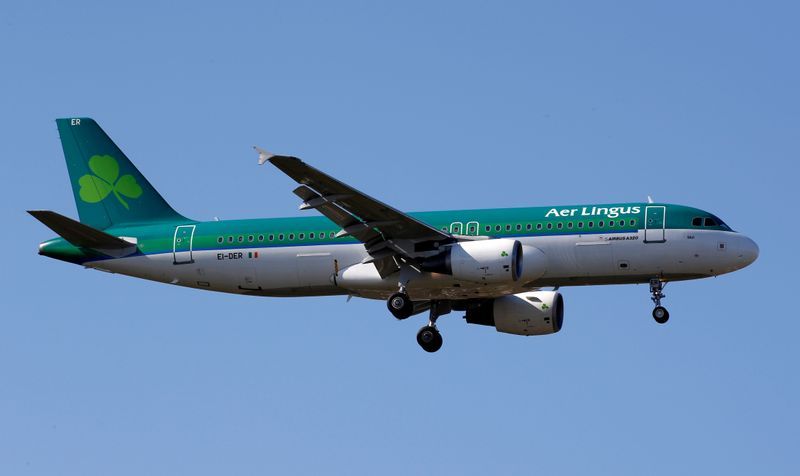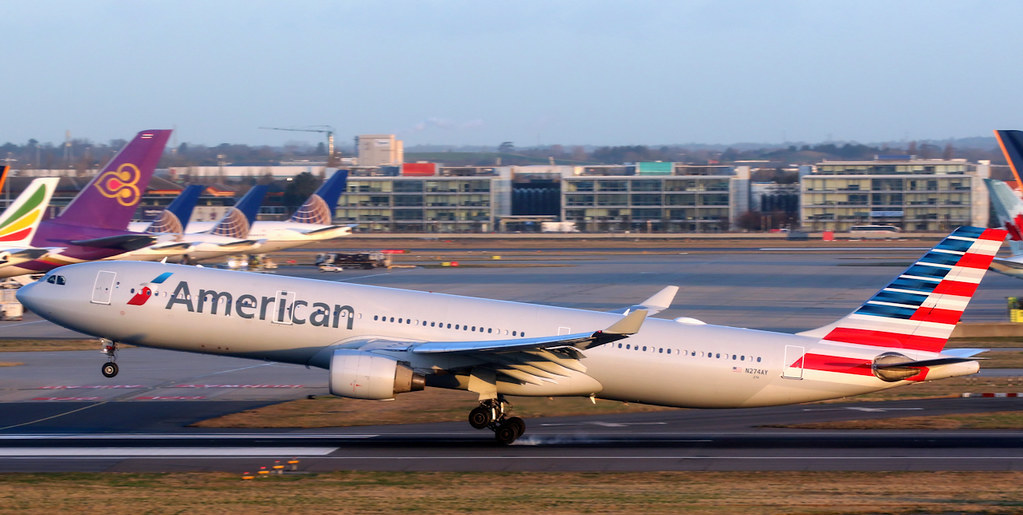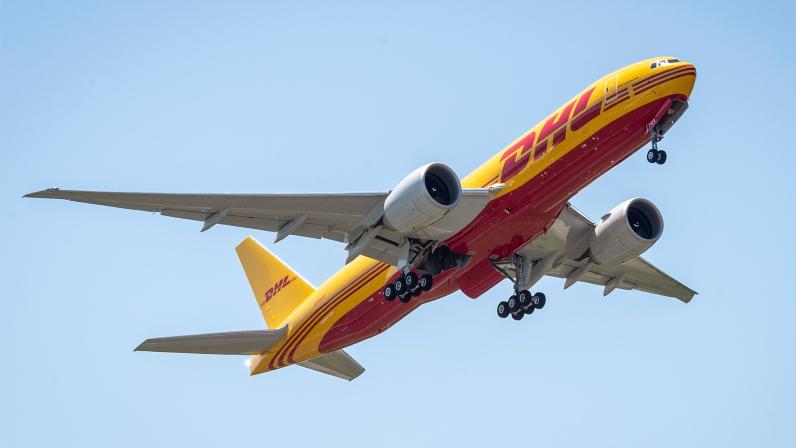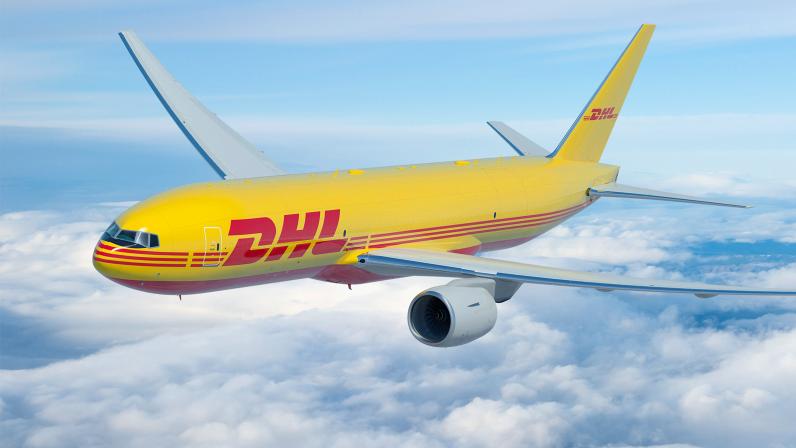All KiwiRail’s long distance scenic services will be back this summer, giving New Zealanders the opportunity to see their spectacular country from the comfort of a train.
“When New Zealand went into its Level 4 Covid lockdown at the end of March, all our scenic trains stopped running and we needed to gauge the market and plan the services’ return,” KiwiRail Group Chief Executive Greg Miller says.
“We also had to carry out maintenance work on the carriages we use, and that work was delayed by the Covid lockdown. We prioritised the TranzAlpine, which runs between Christchurch and Greymouth, so it was the first service to resume.
“We have now reached the stage where we are able to announce plans to also re-start the Coastal Pacific and Northern Explorer.
“A record winter school holidays on Interislander and a highly successful winter promotion of the TranzAlpine gives us the confidence that the public will support these tourism trains which will be back in time for the summer holidays.”
The Coastal Pacific runs from spring to autumn, offering vistas of the spectacular coastline between Picton and Christchurch, via Kaikoura, during a five-hour journey.
The Northern Explorer runs between Auckland and Wellington over more than 10 hours, taking in views of Mts Tongariro, Ngāuruhoe and Ruapehu, as well as twisting through the famed Raurimu Spiral and stopping briefly in Palmerston North, Ohakune, National Park and Hamilton.
“Pre Covid, rail touring was enjoying a resurgence throughout the world and, with the support of a promised $80 million of Government funding, KiwiRail was planning an ambitious upgrade of its scenic fleet and services,” Mr Miller says.
“The indefinite closure of New Zealand’s borders to international tourists, and the re-purposing by the Government of some of the proposed funding means that, for now, we are hibernating some of those plans and instead concentrating on designing viable timetables and services for the domestic market.
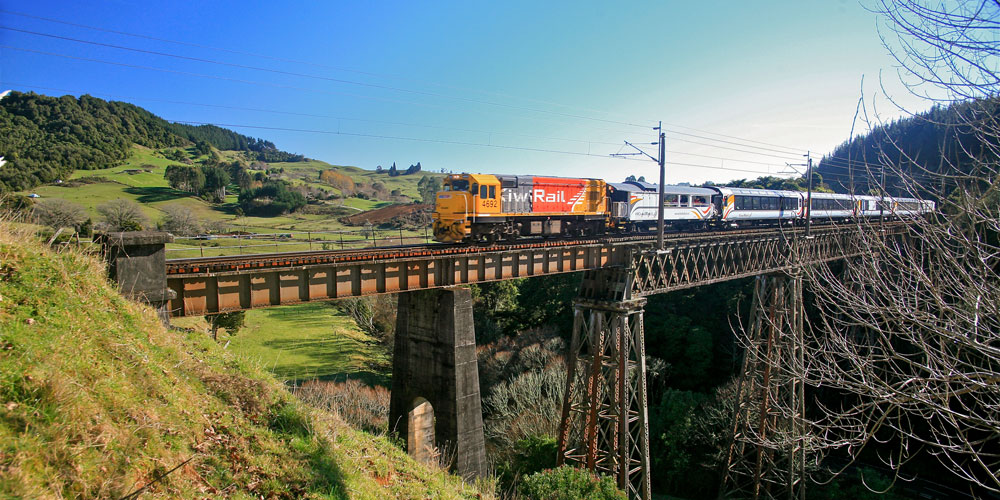
“New Zealanders can be assured that the scenery has not changed, and nor has the warmth of the welcome from KiwiRail’s staff who are eager to be back on track.
“Bookings are already open for our premier service, the TranzAlpine, running from Christchurch to Greymouth and same-day return, on Fridays, Saturdays, Sundays and Mondays. From September, customers will be able to enjoy the traditional Scenic class seats or pay extra to try a new Scenic-Plus class, which includes enhanced personal food and beverage service at your table.
“In spring, the Coastal Pacific will resume travelling from Christchurch to Picton each Tuesday, Wednesday, and Thursday morning, with a return service the same afternoon.
“Because the Northern Explorer has competition from airlines on the same route and is a much longer trip which is more difficult to make financially sustainable for KiwiRail, there has been speculation over its return.
“We’re pleased to announce that it’s coming back and we are currently working on the timetable, crewing and ticket prices and anticipate it resuming prior to the summer season.
“It looks like all New Zealanders will be holidaying at home this summer and as people plan their breaks, we urge them to demonstrate their support for environmentally friendly travel and choose to sit back and connect with the landscape on their national rail network.
“We will monitor the popularity and profitability of the three scenic services over summer, while also looking at additional destinations and opportunities.
“In addition to these scheduled services, we are looking to expand our fleet to offer enhanced charter services throughout the year.
“Despite uncertainties in the current market, KiwiRail is committed to playing a long-term, vital role in New Zealand’s tourism sector and we are looking forward to rolling out our fleet again.”
Bookings for the TranzAlpine are currently open from September 4 till the end of November, operating four-day weekends (Friday-Monday) and every day during the school holidays from Friday, September 25 to Monday October 12. Bookings for the TranzAlpine from December, and for the Coastal Pacific and Northern Explorer, will open in the next few weeks.
